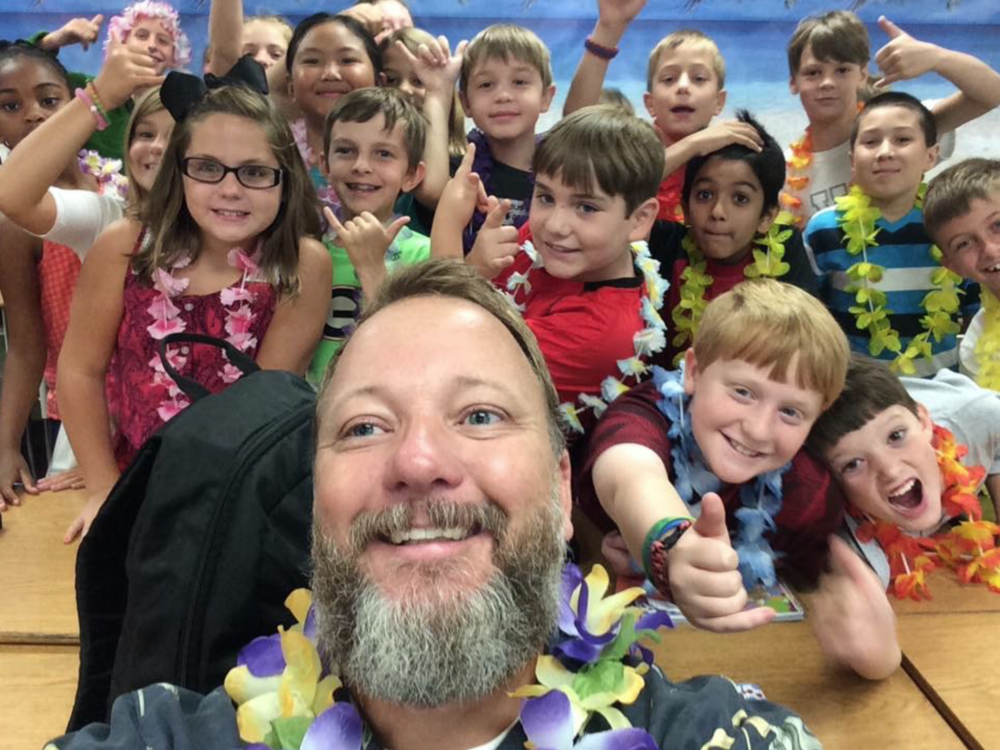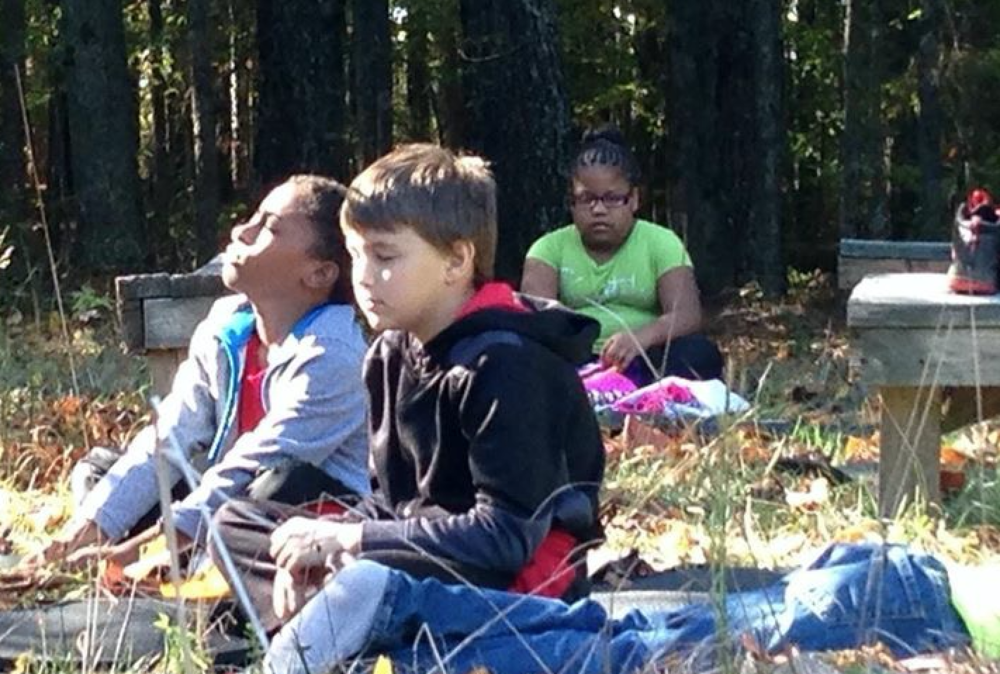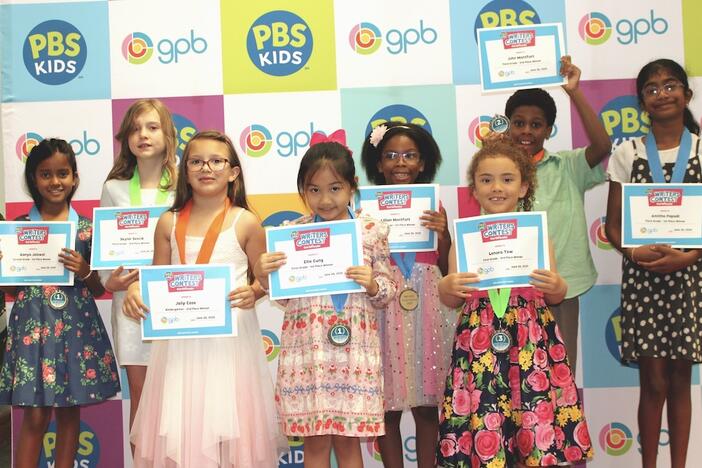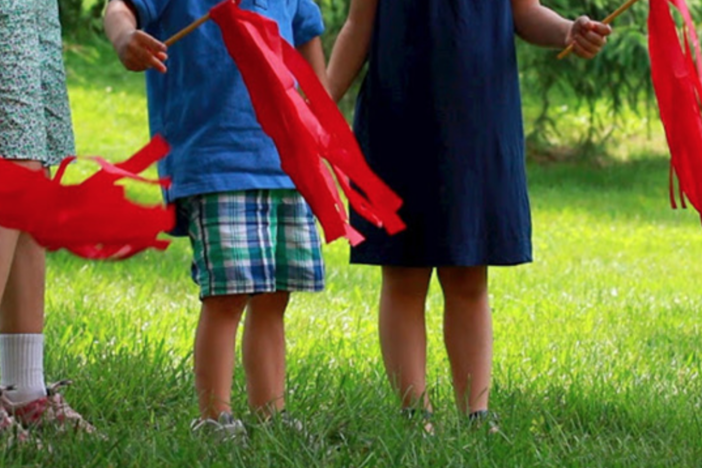
Section Branding
Header Content
The Resilience Coach
Primary Content

In 2014 I was on a school level team that was attempting to understand and install best practices on a school level. We noticed that there was a correlation between economically disadvantaged students, behavior, and learning disabilities. I was instantly taken by the thought that a child could be disabled due to economical hardship. The following July I heard about Toxic Stress on GPB, which started me on the first step in truly understanding parts of myself and my students.
I grew up with transitional adults who didn't buffer me from the unrelenting stress caused by being exposed to drugs, poverty, neglect, abuse, and depression. I had no idea that these experiences were weakening the architecture of my developing brain. Now at the age of forty-three, I can see the long-term consequences in my learning, behavior, and both physical and mental health.
With that said, I want to be an advocate for my students and help build resilience in them. We know today’s best programs and practices can help support child development, and I consider it my calling to make every effort to make sure that my students are not left behind.
Each day my goal is to provide a healthy, safe environment that helps "tip the scales" with protective experiences and adaptive skills which can counterbalance significant adversity on the that they may be exposed to on a daily bases. Reducing the effects of significant adversity on young children’s healthy development is critical to the progress and prosperity of our rural community. I continue to experience post traumatic stress from my youth and time in the United States Marine Corp, but my hope is that my students will be given a skill set that will enable them with resilience to adverse early experiences and help more children reach their full potential.
Before kids can focus on dividing decimals, they must have an ability to improve their coping skills and adapt to new challenges. One of the things that we do to help shape a positive, safe learning environment is the practice of mindfulness. Mindfulness is just taking a few minutes to breathe and bring things back into perspective to help foster resilience.

Resilience is difficult to instill, but it does require the two things that many children may lack: supportive relationships and opportunities for skill building.
I honestly believe the single most common factor for children who end up doing well is having the support of at least one committed relationship with a stable parent, caregiver, or other adult. These relationships are the activating agents in building resilience. I try to do this by providing personalized responsiveness, scaffolding lessons, and protection for each of my student. I don’t try and give every child the same thing, I try to give them what they need. Is that the proper relationship of a teacher and student?
Teacher/student relationships help develop important capacities such as the ability to plan, monitor, and regulate behavior, and adapt to changing circumstances—that better enables students to respond to adversity when they face it. This combination of supportive relationships, adaptive skill-building, and positive experiences builds a solid foundation for a child’s resilience and can dramatically change the course of their lives.
I like to think of myself as a Resilience Coach. Every year I try to do five practices that I believe cultures have done throughout history that help build resilience. These five practices include: storytelling; listening; eating; recreating; and blessing. We must tell stories that the students can connect with, and we need to listen to the stories of each other’s lives, cultures, and experiences. Eating together is a rich time in the development of a child, but it doesn’t happen much. Recreating could include anything from teaching a child to throw a Frisbee, to peeling an orange. I once saw a student’s resilience grow after I sat him down and taught him how to peel an orange. When it comes to blessing, a random act of kindness is shown to a particular individual which gives them a sense of value and dignity.
With these five practices, an understanding of students' backgrounds, and a sense of empathy, teachers have the ability to help our must vulnerable community thrive in today's world.
In 2014 I was on a school level team that was attempting to understand and install best practices on a school level. We noticed that there was a correlation between economically disadvantaged students, behavior, and learning disabilities.





